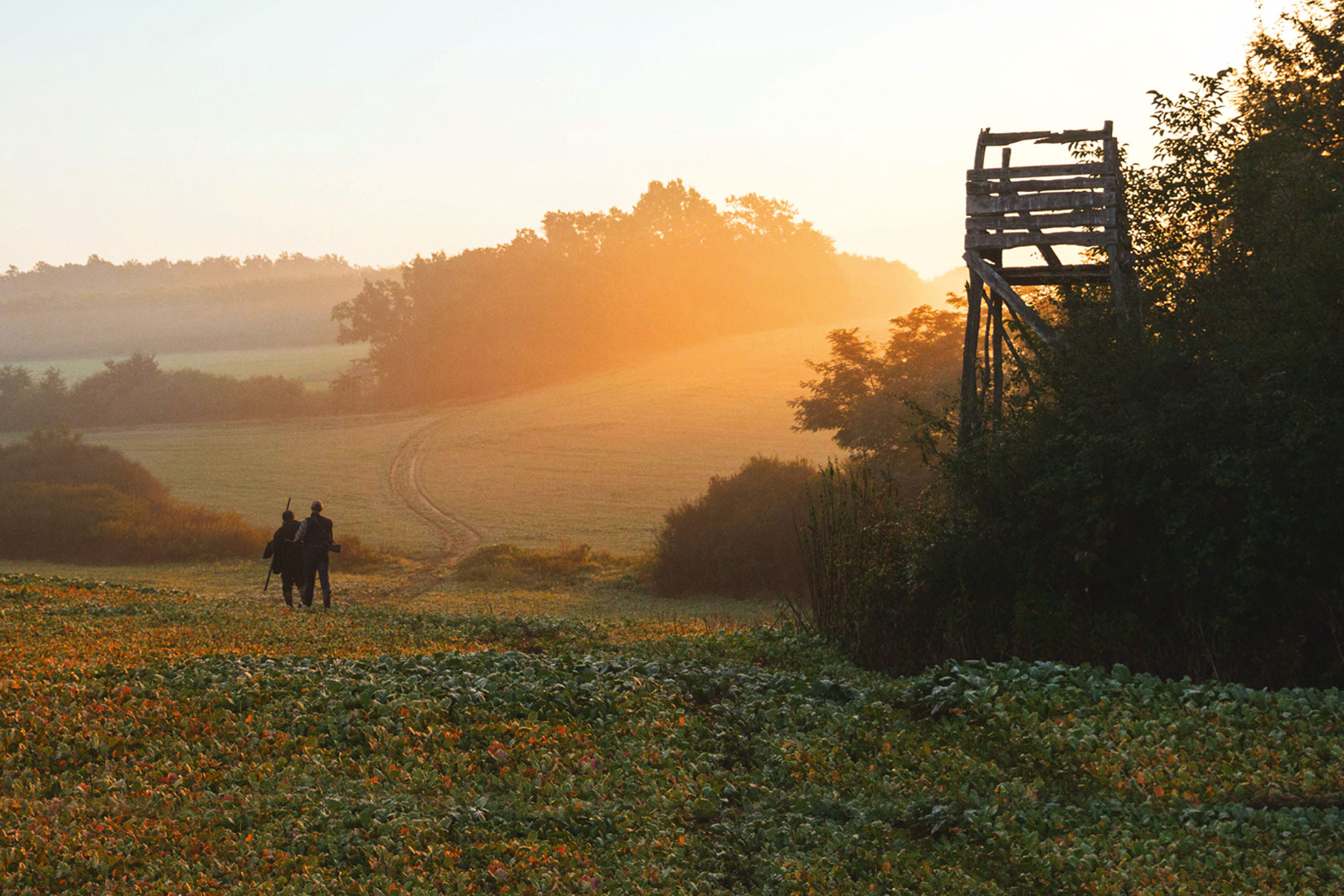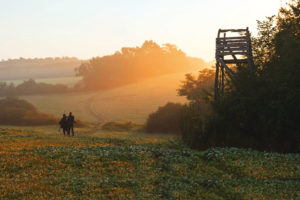As hunters, conservationists and outdoor enthusiasts, we feel a special connection to flora and fauna and a conscious approach to the use of natural resources is a cherished tradition. That is why the Blaser Group takes responsibility for nature and its wildlife. Sustainability is part of the company’s DNA and is continuously being developed in a meaningful way.
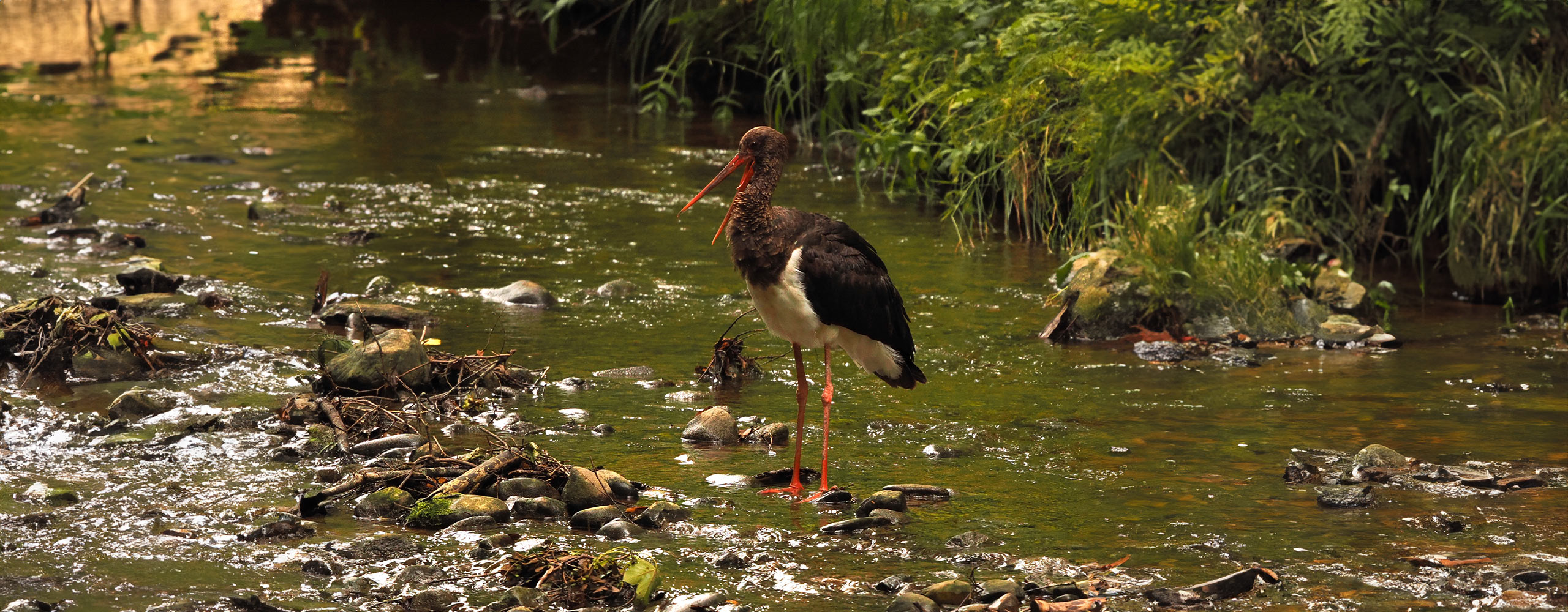
Our premium gear connects people and nature in a unique way. Whether in the local forest, in the mountains or at the other end of the world. Those who observe game and harvest their own food are the first to see changes and better understand where nature and the game living in it need our support.
Hunters are therefore active conservationists and contribute to the preservation of biodiversity. They create the conditions for future generations to experience nature as we do today. This sustainable use of natural resources has always been part of hunting. That is why we believe that ecological, economic and social responsibility go hand in hand and guide our economic activities.
Suggestions or questions can be sent to verantwortung@blaser-group.com.
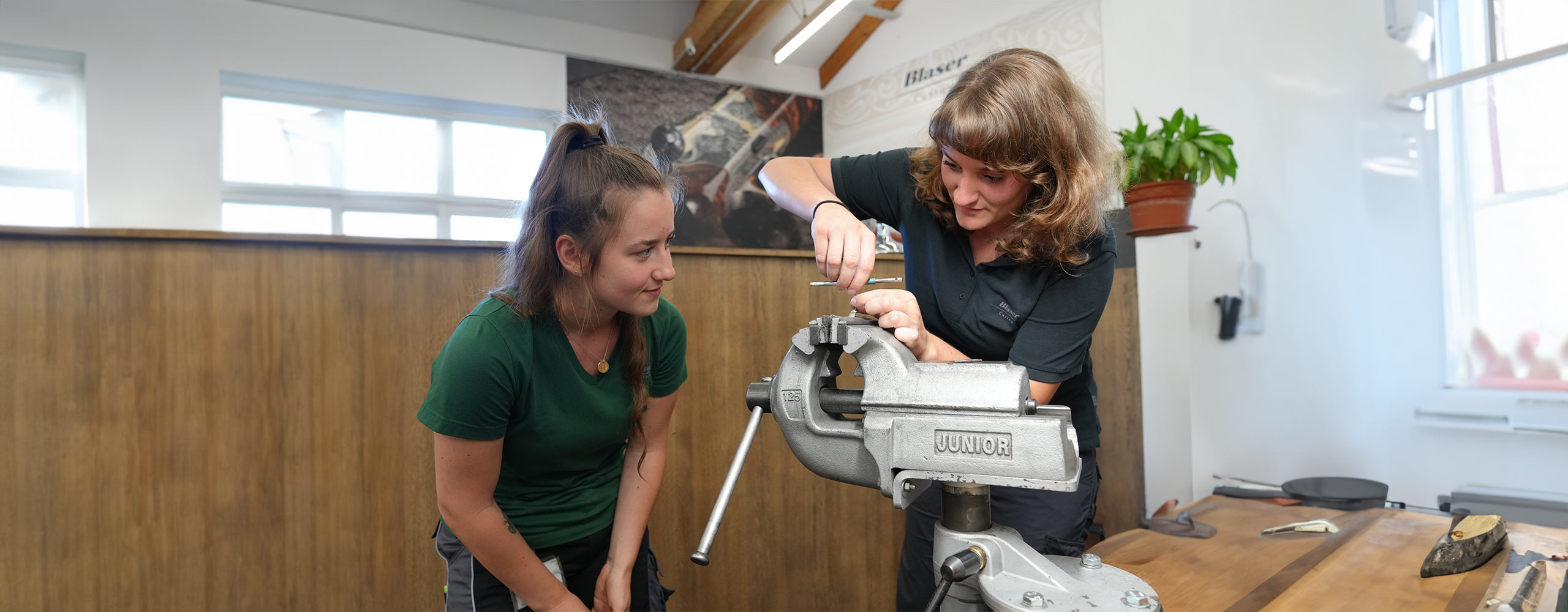
We can make a particularly effective contribution to the following UN goals.
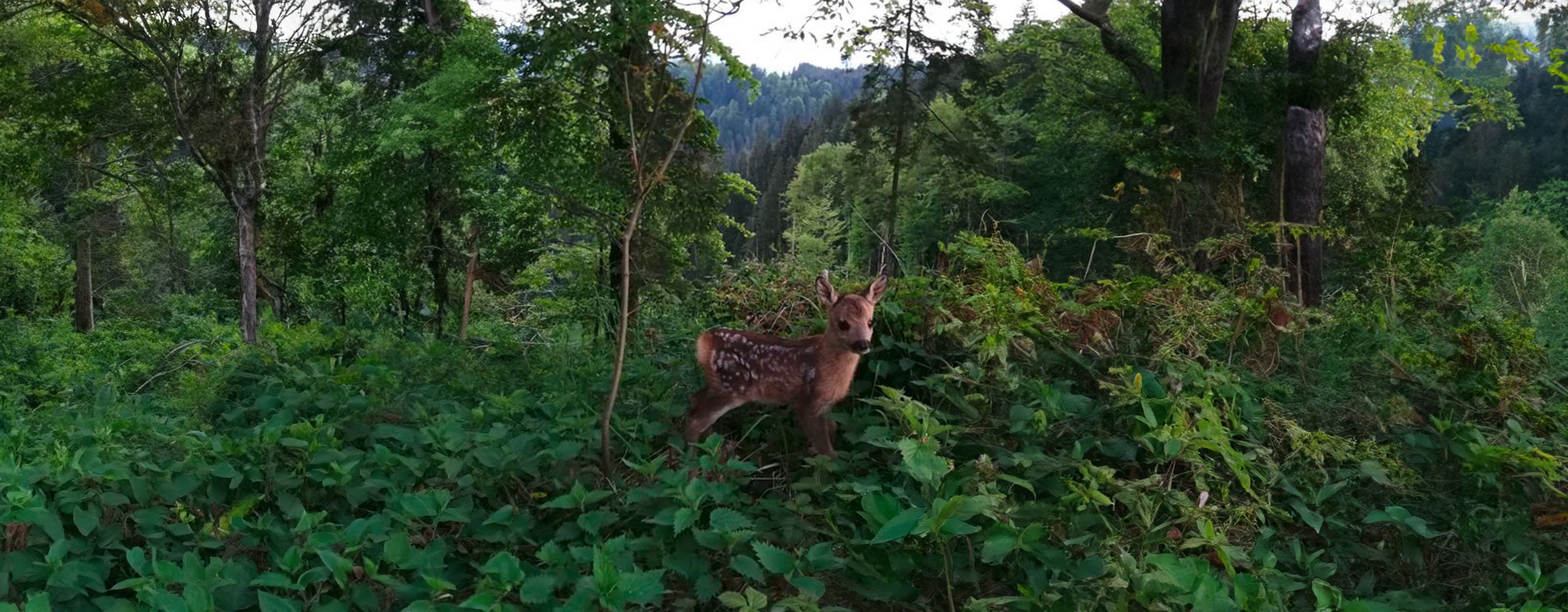
In search of the garden dormouse
The garden dormouse is an adaptable omnivore that can survive in many different habitats. Nevertheless, the Animal of the Year 2023 is highly endangered for reasons that are still unknown. MINOX is supporting the German Wildlife Foundation in its search for these secretive little animals.
The original habitat of the garden dormouse is coniferous and mixed forests in mountainous regions with lots of rocks, dense shrubbery and berry-bearing shrubs. However, as a cultural follower, the dormouse can now also be found in gardens and even in the city. Nevertheless, the range of the rodent with the distinctive black mask in Europe has shrunk by about 50 percent in the past 30 years. It has completely disappeared from many regions. The German Wildlife Foundation wanted to get to the bottom of this development and, with the research project “Garden Dormouse – the Search in Saxony-Anhalt”, find out whether and where the small dormouse occurs in the Harz Nature Park. For this purpose, MINOX provided the foundation with a selection of its wildlife cameras, which were set up at promising locations. Just a few weeks after the start of the project, success was already being recorded – the first garden dormouse had been caught in a photo trap! More followed shortly after.
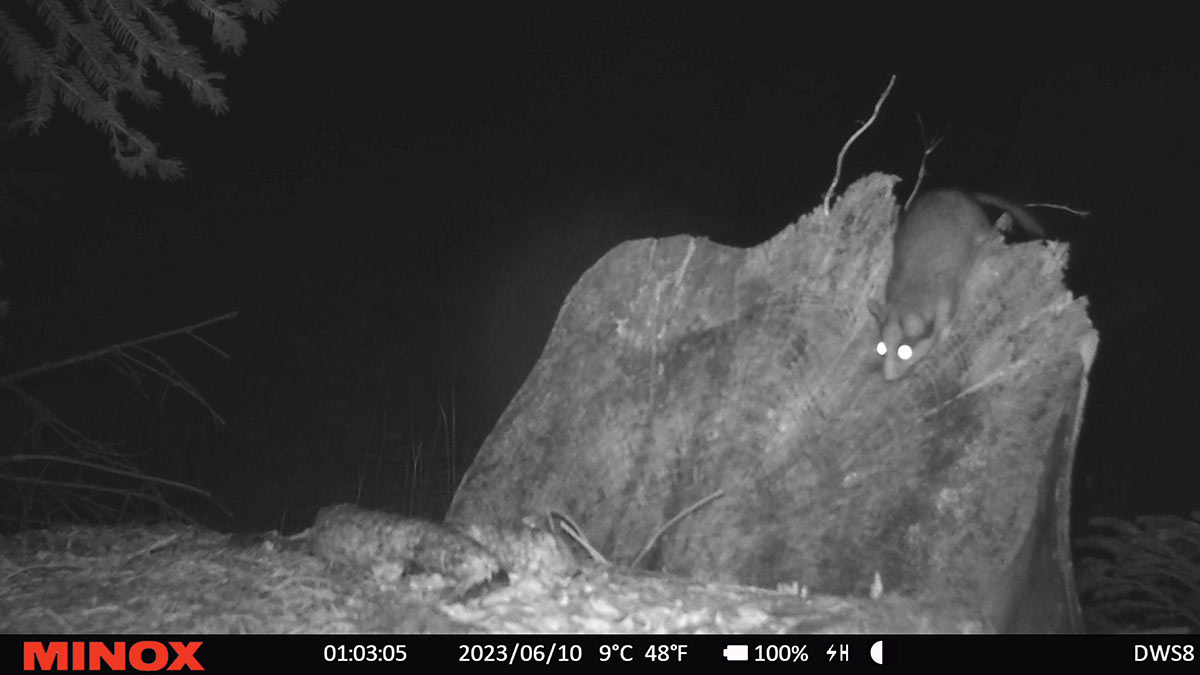
A great success for the research team and a glimmer of hope for the little dormice. The data collected will serve as a basis for further measures, such as the creation of a network between the areas. This can be achieved, for example, by planting connecting woody structures. This is an important project for our native wildlife, which MINOX will be happy to continue supporting with its equipment in the future.
Our other projects
For three years, we have been lending drones and thermal imaging cameras to hunters and gamekeepers as part of the “Blaser Fawn Rescuers” wildlife project, to help them effectively protect small game during the mowing of grassland in early summer. During this period, hundreds of fawns, as well as other wild animals such as duck clutches or young hares, were saved. After the Blaser fawn rescuers were initially only active in Germany, we also lent the drones in other European countries. The project was successfully completed in 2023. A new nature conservation initiative is to follow.
As a leader in innovation, we regularly purchase state-of-the-art machines that are also more energy efficient than their predecessors. For example, in March 2023, a granulate dryer was replaced by a newer model in Isny. While its predecessor worked at full load, the new system only needs up to a maximum of seven hours for the same workload. It also has three individual drying areas that can be controlled separately. This targeted drying process also saves energy.
It is particularly encouraging for the overall view that the new granulate dryer is a used machine, so no new resources were required for its production. The energy saving in this production step alone amounts to 79 percent of the energy previously required. In principle, all locations are examined with regard to possible savings potential and further savings potential is realized.
Would you like to know more?
Further information can be found in our sustainability reports.
